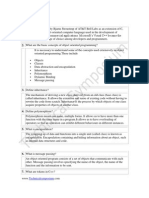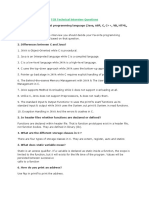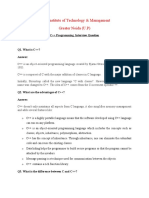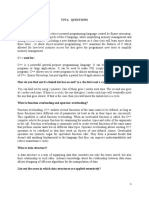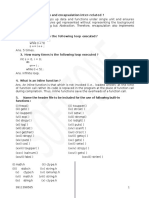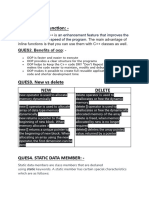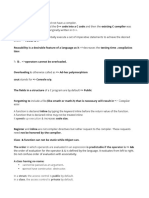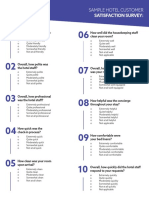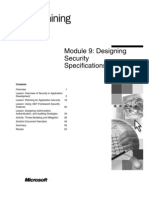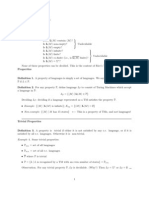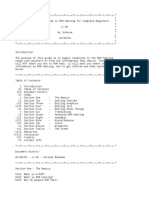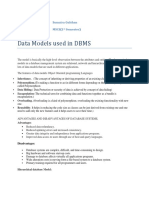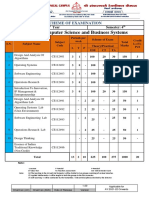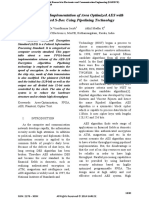0% found this document useful (0 votes)
30 views13 pagesC and C++
C++ is an object-oriented programming language that supports concepts like inheritance, polymorphism, abstraction and encapsulation. It is a mid-level language that can be used to develop applications like games, desktop apps, drivers etc. The key advantages of C++ include efficient memory management, support for procedural and OOPs paradigms, and ability to develop high performance applications.
Uploaded by
Nabin PradhanCopyright
© © All Rights Reserved
We take content rights seriously. If you suspect this is your content, claim it here.
Available Formats
Download as PDF, TXT or read online on Scribd
0% found this document useful (0 votes)
30 views13 pagesC and C++
C++ is an object-oriented programming language that supports concepts like inheritance, polymorphism, abstraction and encapsulation. It is a mid-level language that can be used to develop applications like games, desktop apps, drivers etc. The key advantages of C++ include efficient memory management, support for procedural and OOPs paradigms, and ability to develop high performance applications.
Uploaded by
Nabin PradhanCopyright
© © All Rights Reserved
We take content rights seriously. If you suspect this is your content, claim it here.
Available Formats
Download as PDF, TXT or read online on Scribd
/ 13








